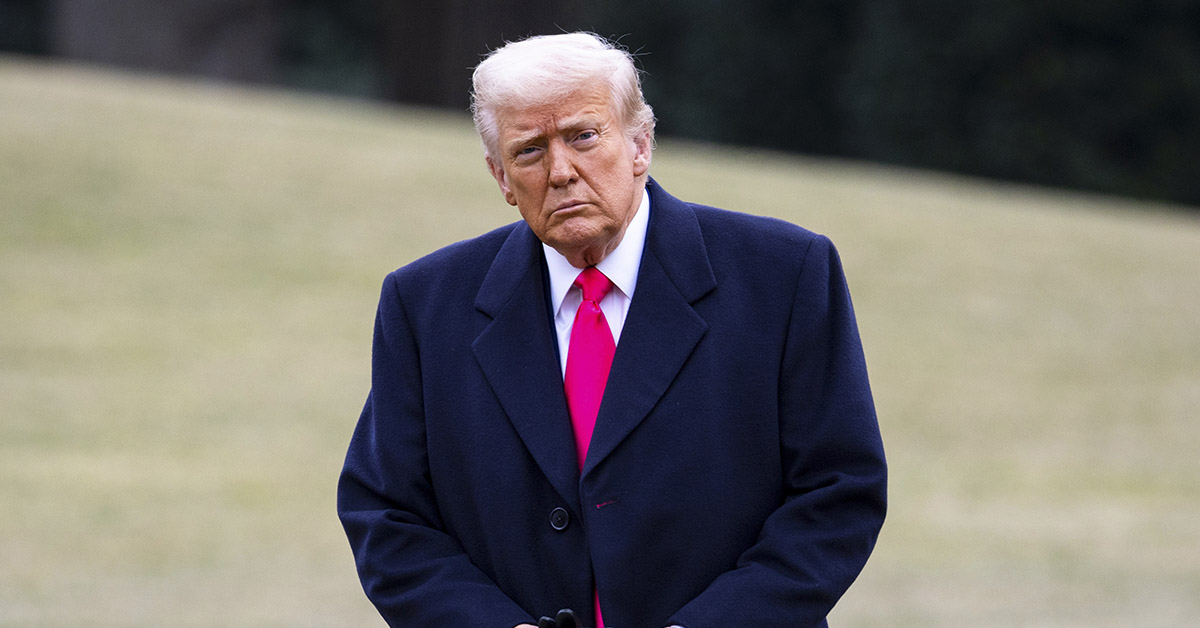Former President Donald Trump may soon invoke the Insurrection Act, a centuries-old law that allows military intervention on U.S. soil. As unrest spreads in Los Angeles and other cities, Trump’s actions raise alarms about expanding presidential power. He has already sent active-duty troops and taken control of the California National Guard. As a result, governors, civil rights groups, and judges are pushing back. Ultimately, this confrontation isn’t just about Los Angeles, it’s a test of how far presidential authority to deploy troops can go.
What Is the Insurrection Act, and Why It Matters
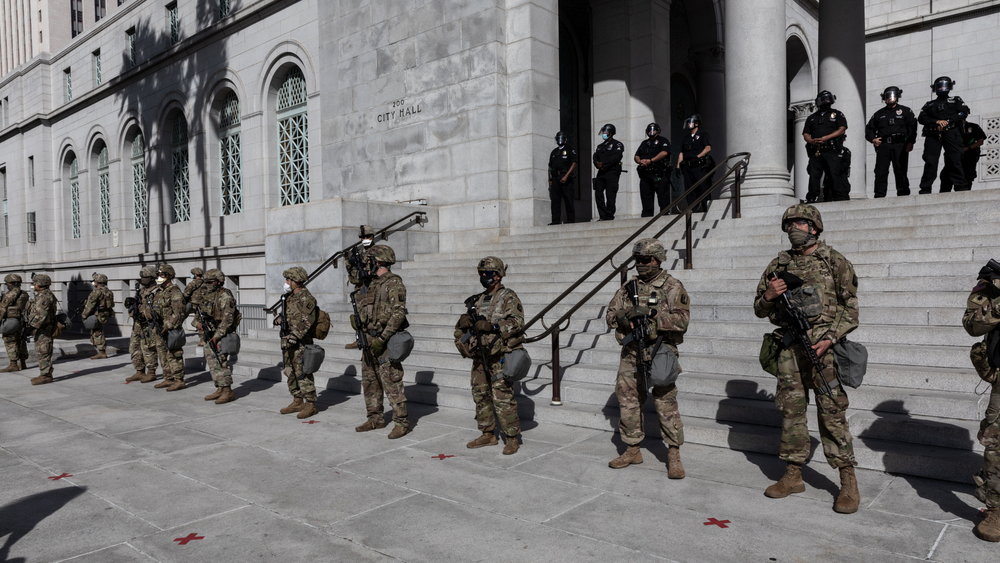
The Insurrection Act of 1807 allows presidents to deploy the military during uprisings or when federal law breaks down. It overrides the Posse Comitatus Act, which normally bans military involvement in civilian policing. Historically, most presidents avoid using it. The last time it was invoked was during the 1992 LA riots. Now, Trump appears ready to break that precedent. Though he hasn’t formally triggered the law, his recent actions suggest he’s preparing to. Therefore, the stakes are high, and this law grants sweeping powers with limited oversight.
Title 10 and the Federalization of the National Guard

Trump used Title 10 of the U.S. Code to take control of California’s National Guard. Typically, governors must approve such a move. However, Trump claimed a federal emergency and pressed forward. As a result, California lost command of its Guard forces without consent. This controversial use of federal force sparked immediate legal backlash. In response, critics argue that Title 10 doesn’t justify overriding state authority unless there’s a clear national threat.
Read More: Trump’s Tariffs Are Here, and People Are Sharing Their Receipts
Legal Showdown While California Pushes Back
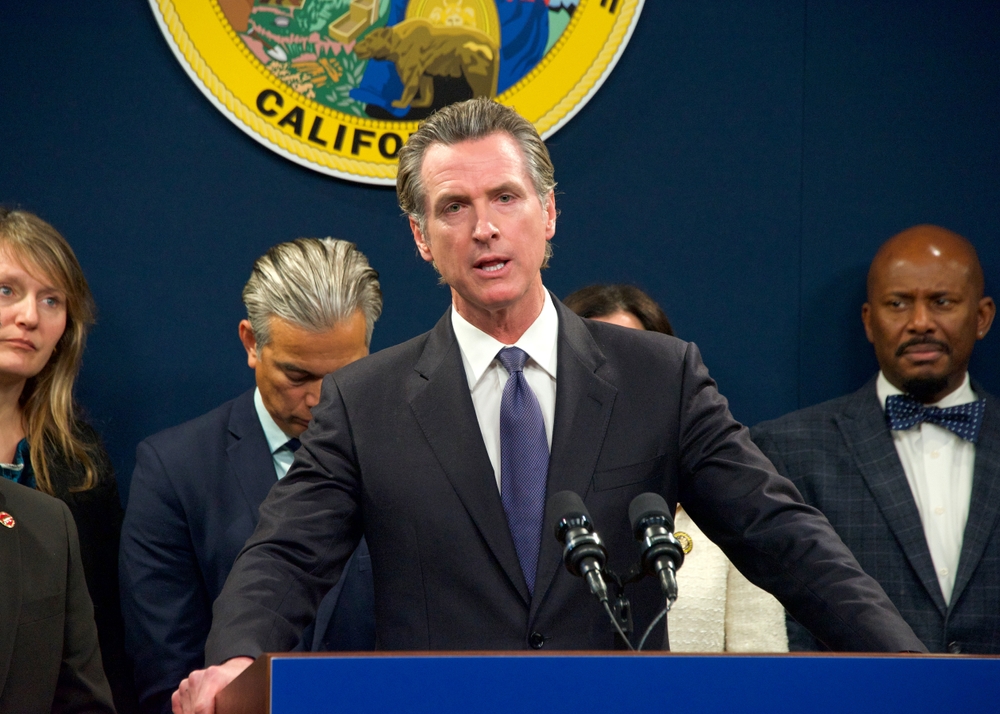
Governor Gavin Newsom didn’t wait. He quickly filed a lawsuit to block Trump’s actions. The state argued that federalizing its National Guard without consent violated the Tenth Amendment, which protects states’ rights. On June 12, 2025, U.S. District Judge Breyer agreed and ordered the Guard returned to state control. However, Trump refused to comply. Consequently, a federal appeals court issued a temporary stay, allowing Trump to keep control until the next hearing. That session is scheduled for later this month.
Marines in LA and the Insurrection Act’s Shadow

In addition to the Guard, Trump sent 700 active-duty Marines into Los Angeles. He claimed they were needed to protect federal buildings. While that explanation may follow the letter of the law, critics say it stretches its intent. The Posse Comitatus Act forbids troops from acting as domestic police. However, guarding federal property can be an exception. Without officially invoking the Insurrection Act, Trump’s deployment tests the limits of presidential authority. As a result, the move has sparked legal and political outrage.
A History of Rare Use
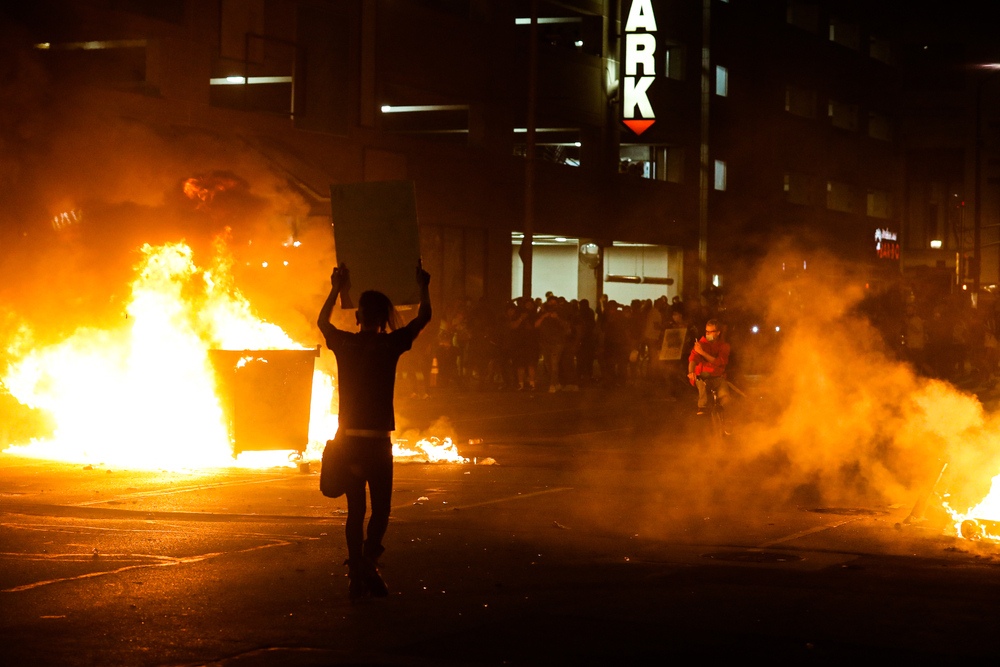
Presidents rarely turn to the Insurrection Act. In fact, they’ve only used it in extreme situations, such as enforcing civil rights or ending riots. For example, Dwight Eisenhower used it to desegregate schools in 1957. The last use came in 1992, when George H.W. Bush responded to the Rodney King riots. Now, Trump seems more willing to wield the law as a political tool. If he does, he will set a precedent that lowers the bar for future presidents.
Read More: Trump Agency Exposes Major Food Stamp Fraud and Bribery Ring
Governors Sound the Alarm
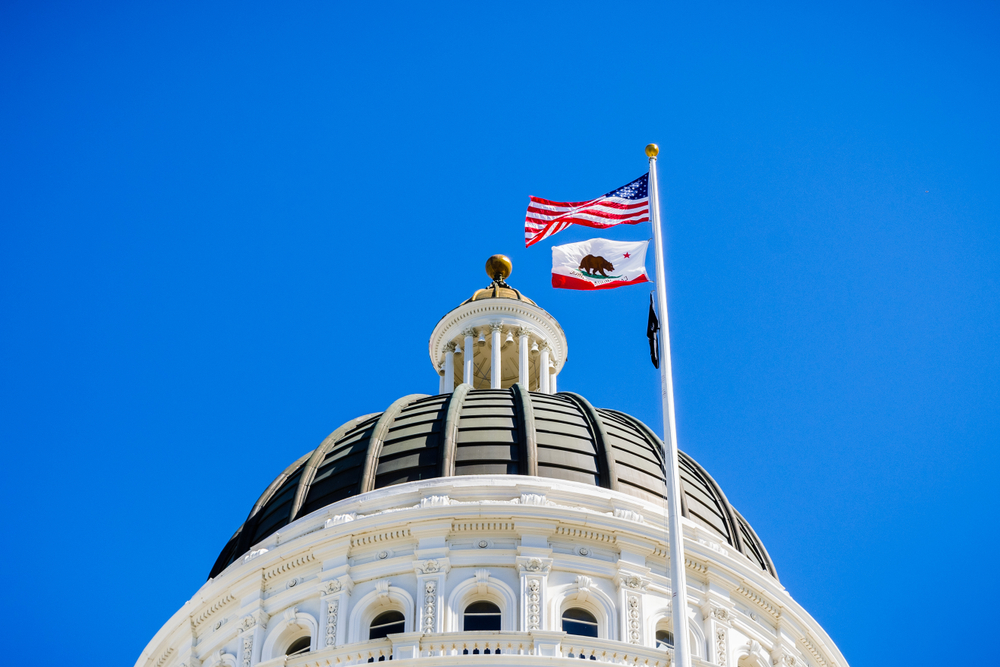
Across the country, governors are raising red flags. Newsom described Trump’s action as undemocratic. Likewise, other state leaders fear federal overreach. They worry that the White House could use military force to target political opponents. Consequently, this resistance reflects growing tension between state authority and federal control. Today, it’s California. Tomorrow, it could be another state. Therefore, many governors believe it’s time to reexamine presidential emergency powers.
Civil Liberties at Risk
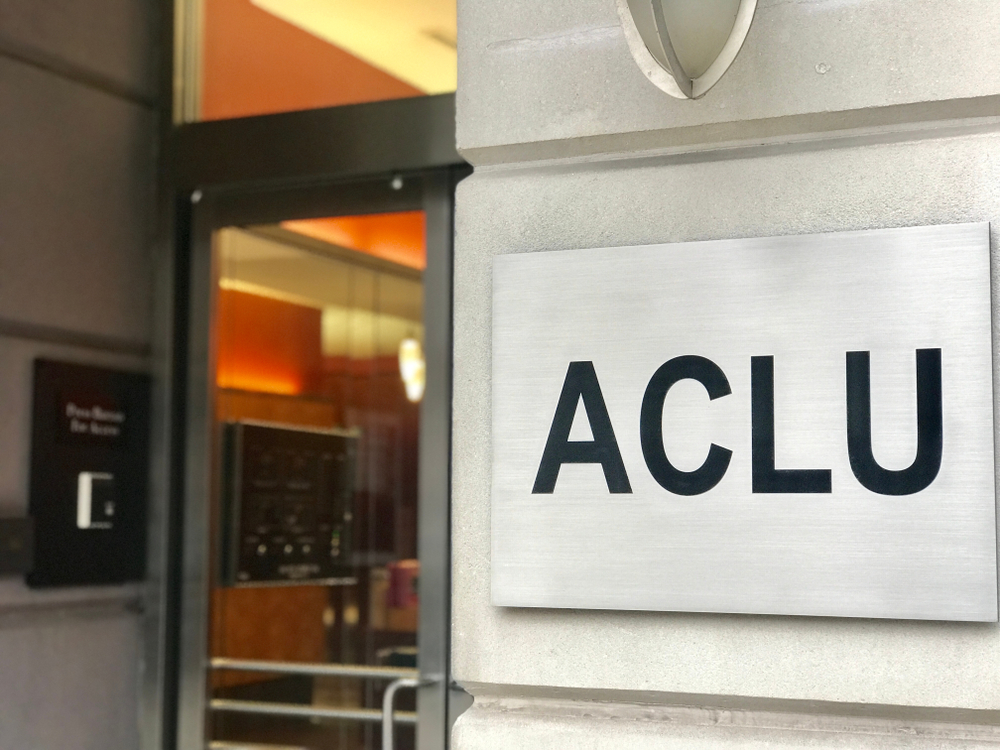
Civil rights groups, including the ACLU, warn that military involvement threatens fundamental freedoms. When troops enter city streets, the atmosphere often shifts from peaceful to confrontational. As a result, public protests may shrink or escalate. Critics argue that Trump’s tactics aim to intimidate dissenters. If he activates the Insurrection Act, the situation could spiral into a wider crackdown on lawful demonstrations.
Courts Step In
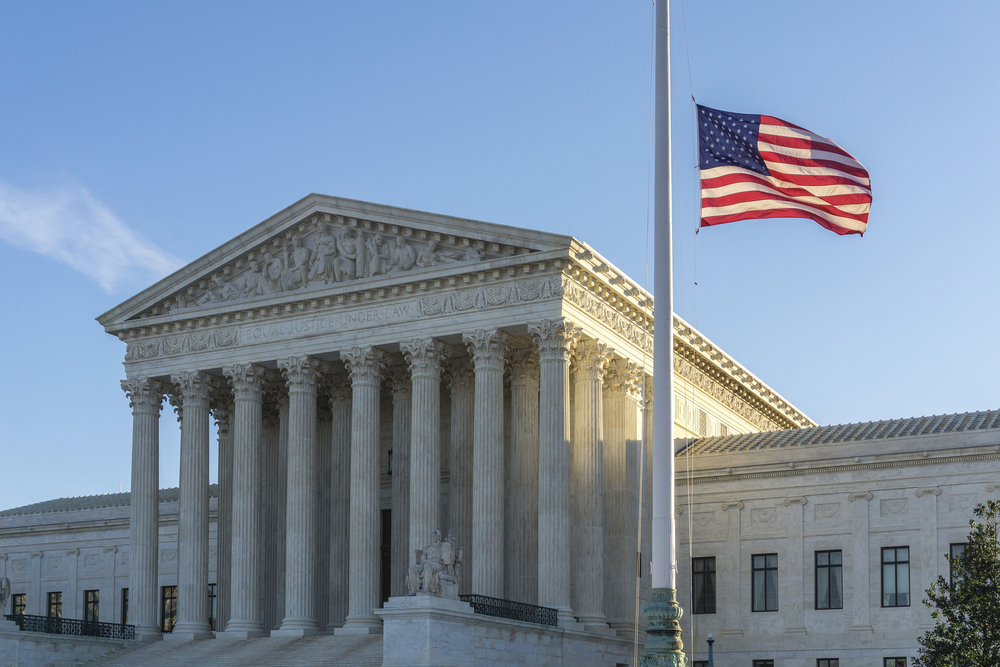
Federal judges now play a key role. Judge Breyer ruled that Trump overstepped his legal limits. Still, the 9th Circuit issued a temporary stay, allowing Trump to retain control of the Guard. While the case moves forward, legal scholars expect a major decision soon. This ruling could become a defining moment. Ultimately, it will clarify how much military power the president can use inside the country.
Read More: Trump Announces Sweeping Travel Bans and Restrictions on 19 Countries
Public Opinion Splits

Americans are deeply divided. Some support Trump’s tough approach and see it as necessary to restore order. Others believe it erodes democracy. At the same time, many Americans remain confused about what the Insurrection Act actually permits. This uncertainty adds to the tension. As Trump continues to push his agenda, trust in both federal and local leadership seems to weaken further.
Where’s Congress in All This?
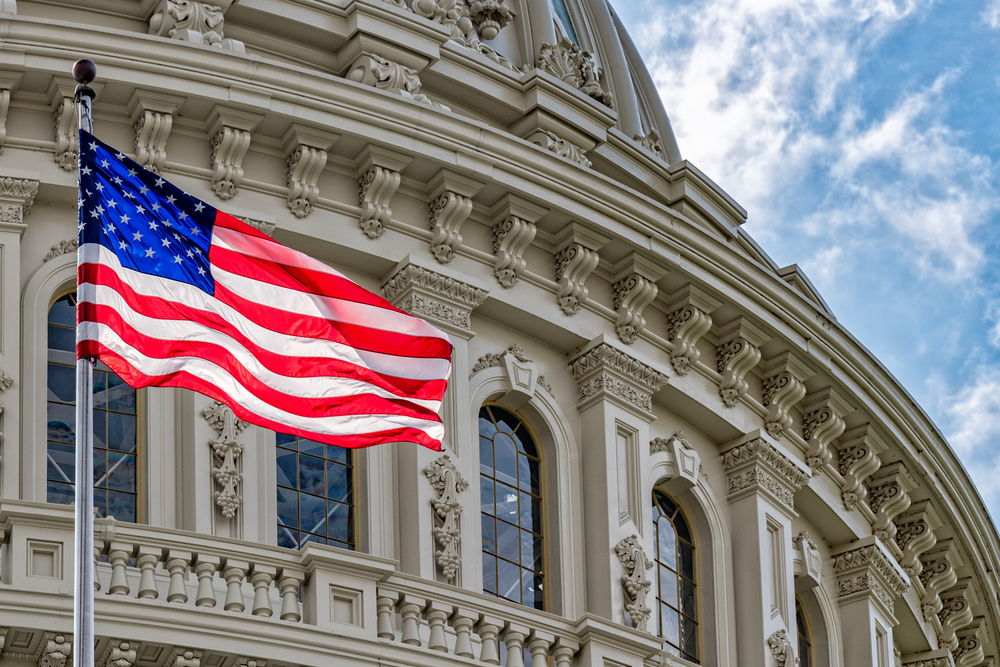
So far, Congress has mostly stayed on the sidelines. A few lawmakers have called for limits on executive power, but no concrete action has followed. Because the Insurrection Act gives presidents broad discretion, future misuse is possible. Lawmakers could act now to clarify the law’s purpose and limitations. If they don’t, the next president may expand its reach even further.
The Future of Presidential Power

Trump’s actions have reignited a debate over the limits of presidential authority. The Insurrection Act was never meant to serve political agendas. Yet, its broad language makes it vulnerable to abuse. As courts deliberate and governors resist, the outcome of this clash will shape future responses to civil unrest. Ultimately, the nation must decide whether to tighten the reins on executive power or risk opening the door to even greater federal control.
Read More: Trump Proposes Major Offer, Trying to Entice Canada to Become 51st State
